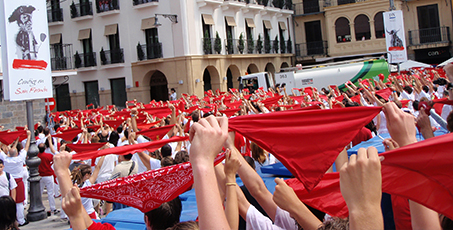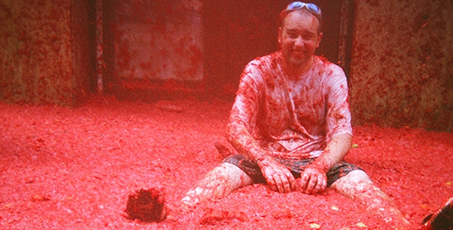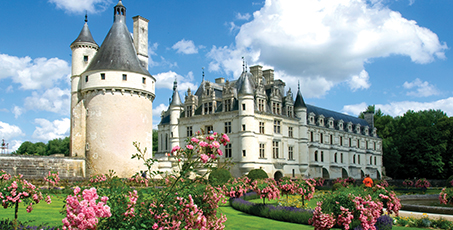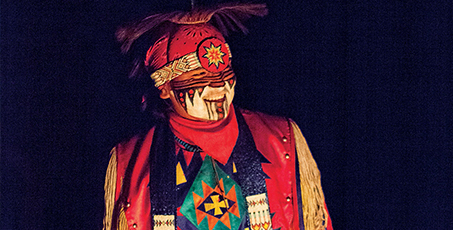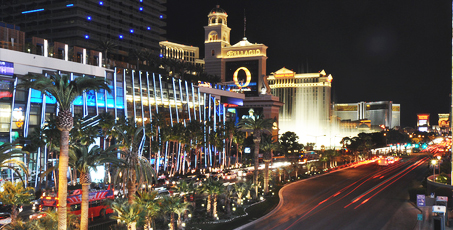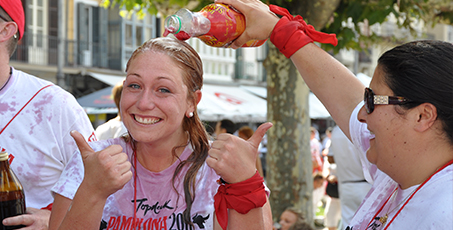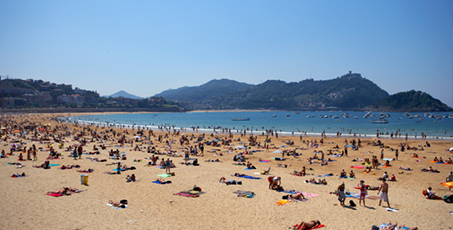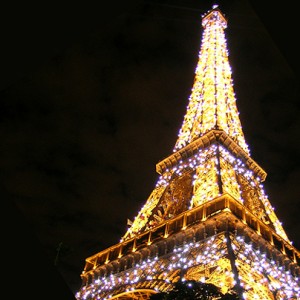40 things to do before you’re 40
Tuesday, October 15th, 2013No. 33 March to the beat of history through Moscow’s Red Square
For decades during Communist rule, Moscow’s Red Square served as a small window through which the rest of the world would be a able to peer behind the Iron Curtain to see a picture of the Soviet Union carefully choreographed by the regime. During much of the Cold War it was here that the state would hold its many grand parades and ceremonies, during which thousands of troops would march in perfect synchrony and semi-erect missiles would be dragged past the crowds and cameras, as if to demonstrate the Soviet’s potency to the rest of the world.
Today, to stroll across the cobbles, those silent witnesses to a nation’s long history, surrounded by the same iconic buildings that were once fortresses of secrets and intrigue, is to evoke an inescapable sense of events and a time that so significantly influenced the course of human history.
What’s in a name?
Despite its role as the public face of the Soviet Union, the square’s name has nothing to do with the nation’s Communist past; red being the established colour of socialism the world over and used liberally by the Soviet state from its flag to the Red Army. Nor does it even have anything to do with the predominance of the ever-present red colour throughout the square, from the outer walls of the Kremlin to the exposed noses of cold tourists. No, sadly, the truth is a little bit more mundane than both those theories, and it is simply that the Russian word that today means ‘red’, in another time simply meant ‘beauty’.
But in a way this is probably a fortunate thing, as despite how stunning the place may be, hearing the name ‘Beautiful Square’ could never conjure up that equal measure of suspicion and intrigue, or hope to evoke the sheer weight of history with a twinge of romanticism as when you think of Russia’s Red Square.
A virtual tour
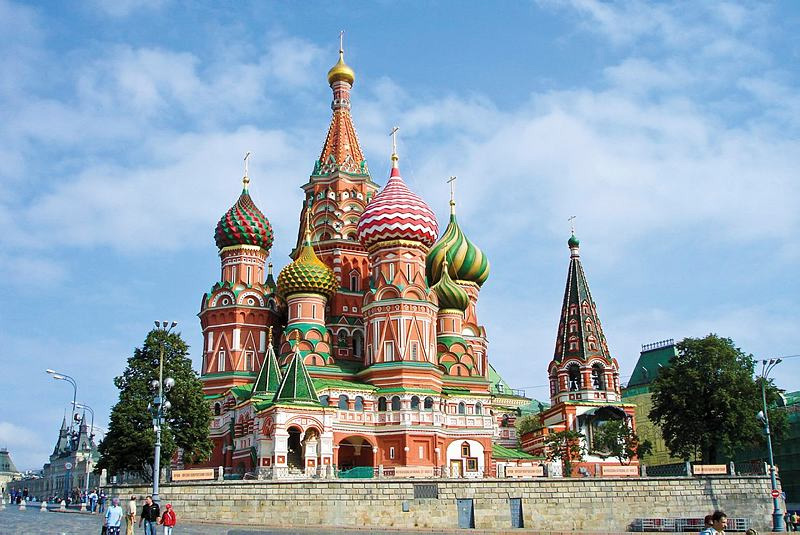
The trippy Mr Whippy onion domes of St Basil's Cathedral
As you stand in the middle of this vast pedestrian-only area in the heart of bustling Moscow, the huge complex known as the Kremlin, with its long and striking red fortifications, dominates the whole western side of the square. Now the place President Putin calls home, the majority of the complex that stands today was built in the fifteenth century and has been occupied by Russian monarchs, or tsars, and a string of Soviet dictators as the seat of a nation’s power.
Turning left, your attention is soon yanked to the southern side by the eclectically coloured and multi-styled onion domes that rise up seemingly incoherently from iconic St Basil’s Cathedral. The red-brick cathedral was built on the orders of Ivan the Terrible in the sixteenth century, and whether or not he earned his sobriquet for his questionable taste in colour schemes, he was responsible for the construction of Moscow’s most recognisable landmark.
Directly behind you now, to the north, is the big red gingerbread-house-like facade of the State Historical Museum. Relatively modern to those around it being built at the end of the nineteenth century, inside is a different story where a vast collection of artefacts documents the Russia’s considerable history from prehistoric tribes onwards.
And finally, to your right on the east side of the square is the large ornate shopping centre known by its acronym GUM. Today, as a high temple to capitalism it may seem like a two-fingered salute to the failed dreams of Lenin who lies interned a stone’s throw away, but even during the Soviet Union it was for many years a state-run department store – but presumably without the trendy international brands that have outlets here today.
Sadly though, no flights of imagination can substitute the experience of being there in person to witness the real thing: to march through the epicentre of one of history’s most significant periods.
March here for more information about Topdeck’s fabulous trips to Russia that give you the opportunity to parade through Moscow’s fascinating Red Square for yourself.
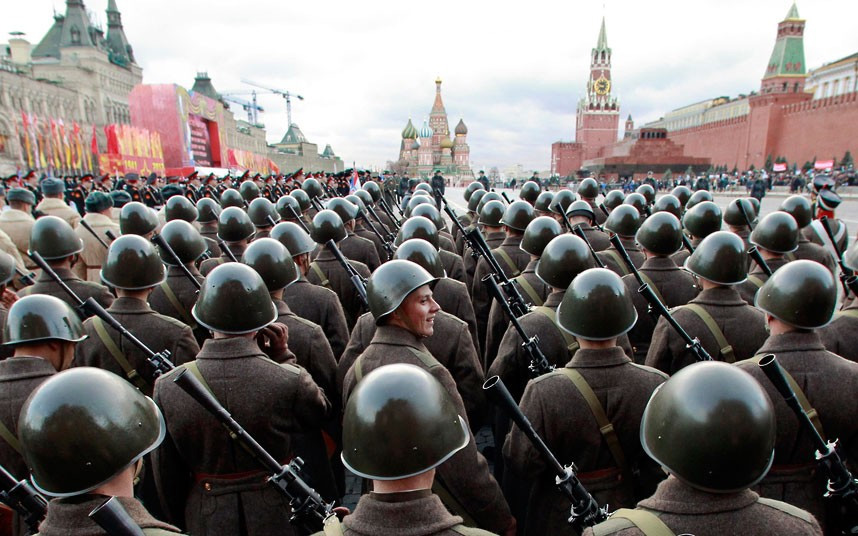
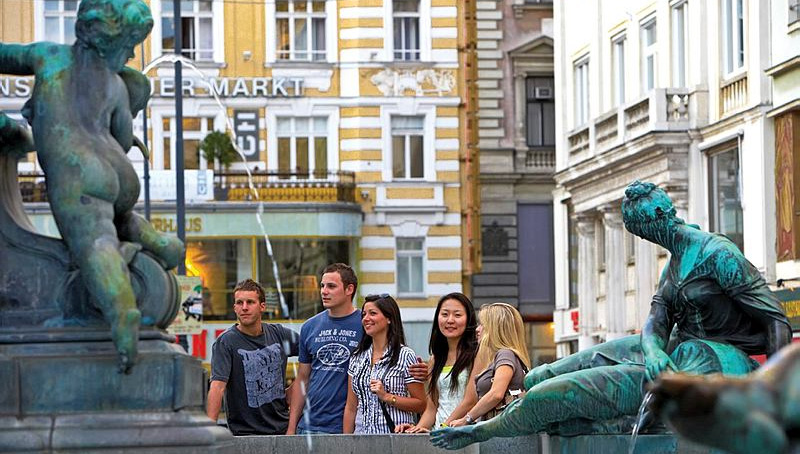
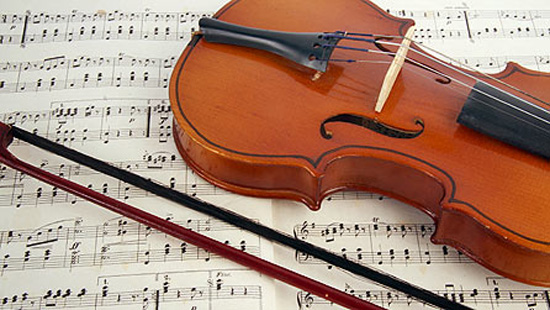
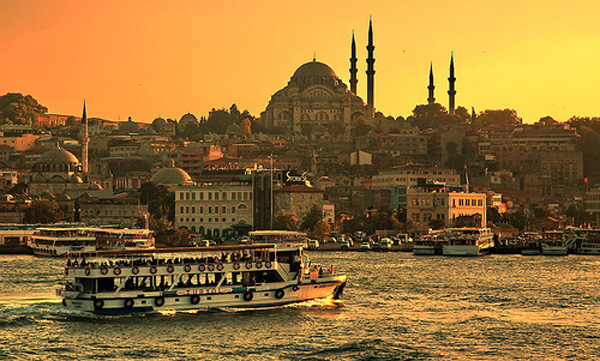
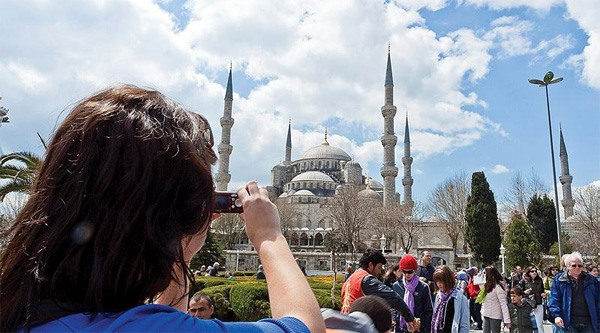
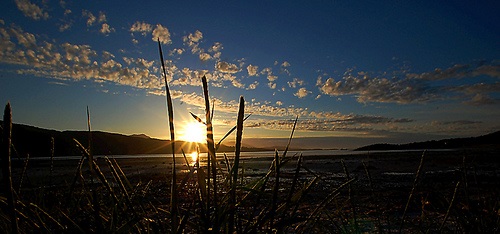
![Barcelona and La Sagrada Familia [Photo courtesy of www.sagradafamilia.cat] Photo courtesy of sagradafamilia.cat](http://topdecknews.com/wp-content/uploads/2013/08/sagreada.jpg)
